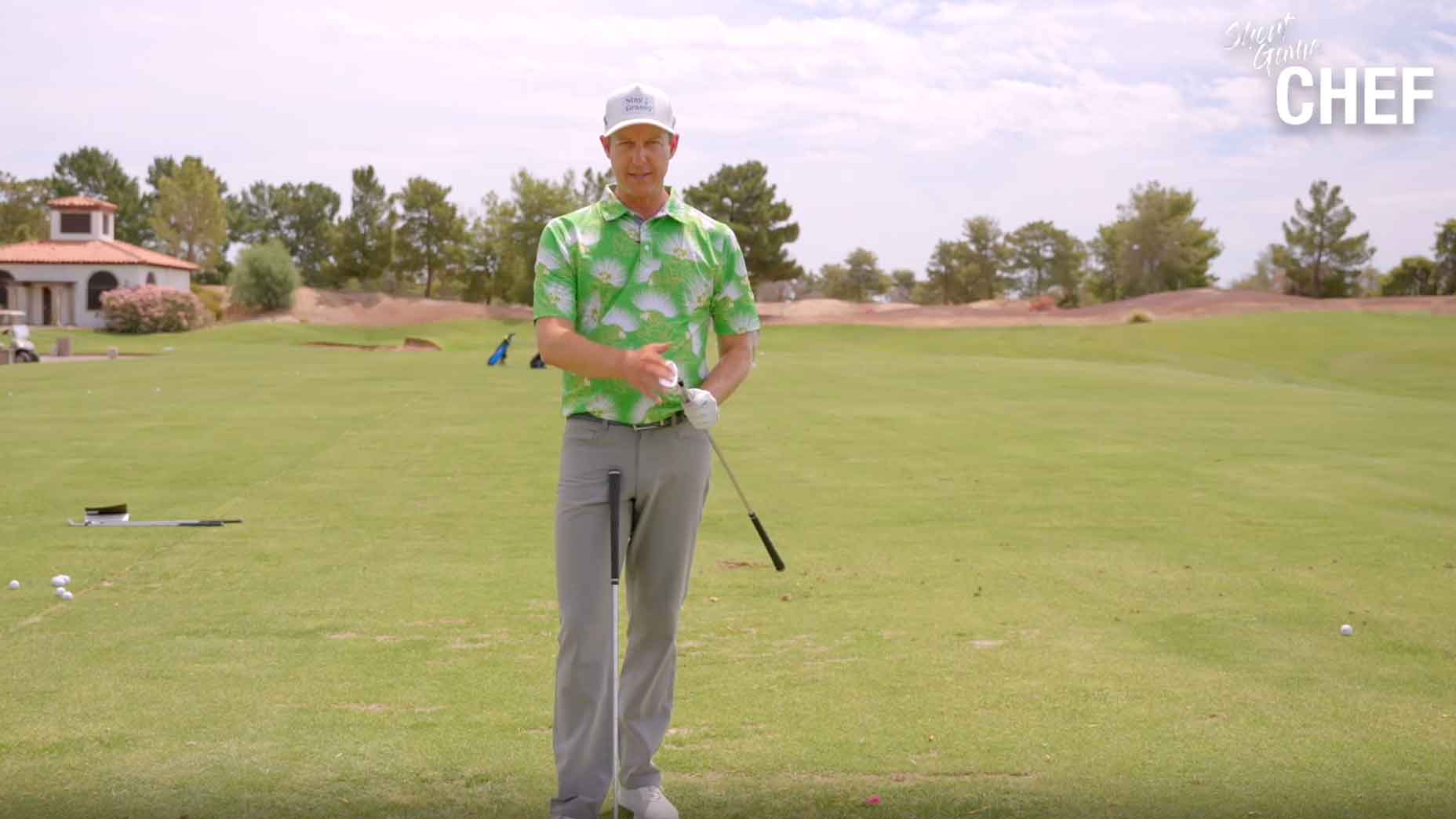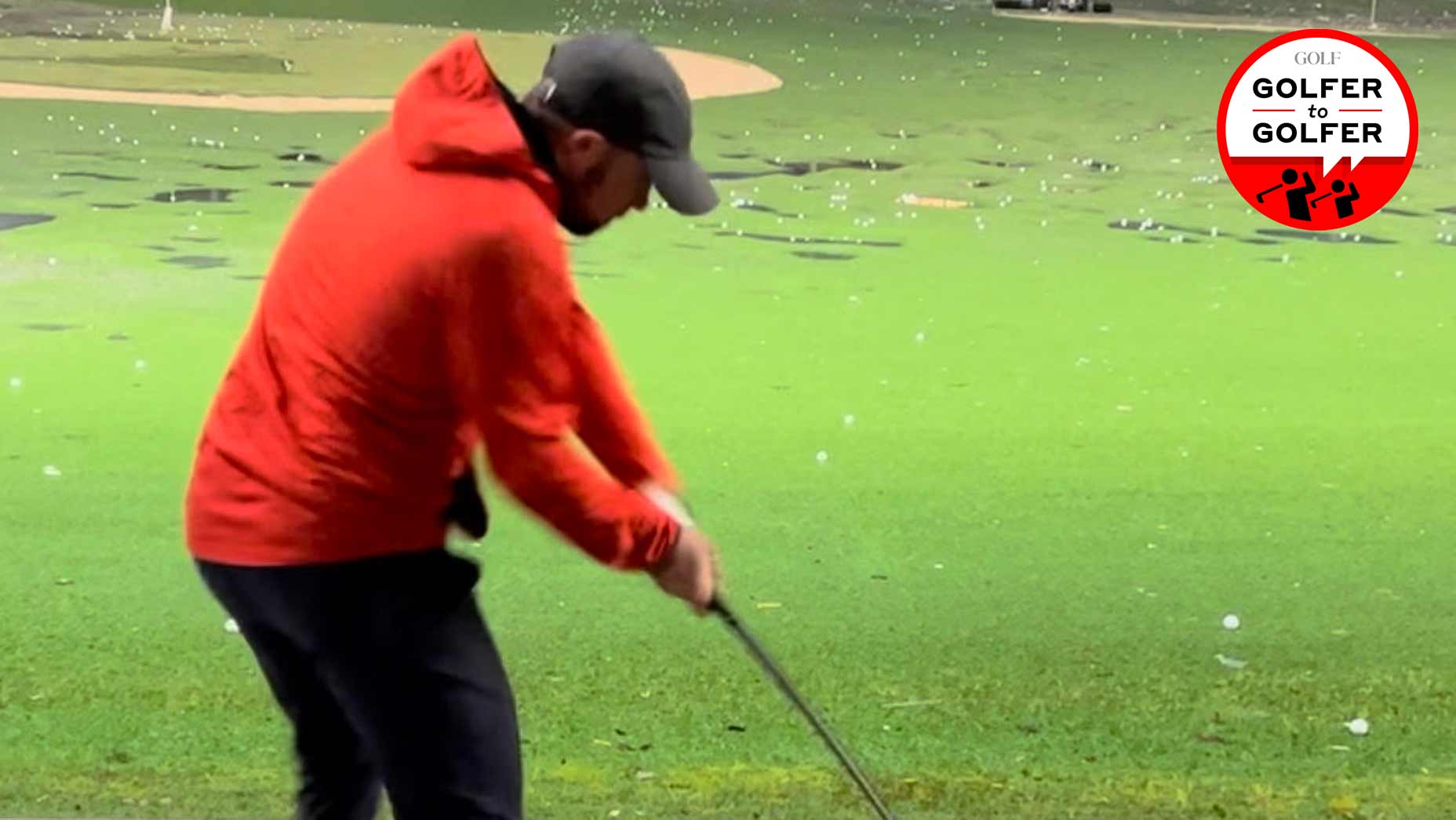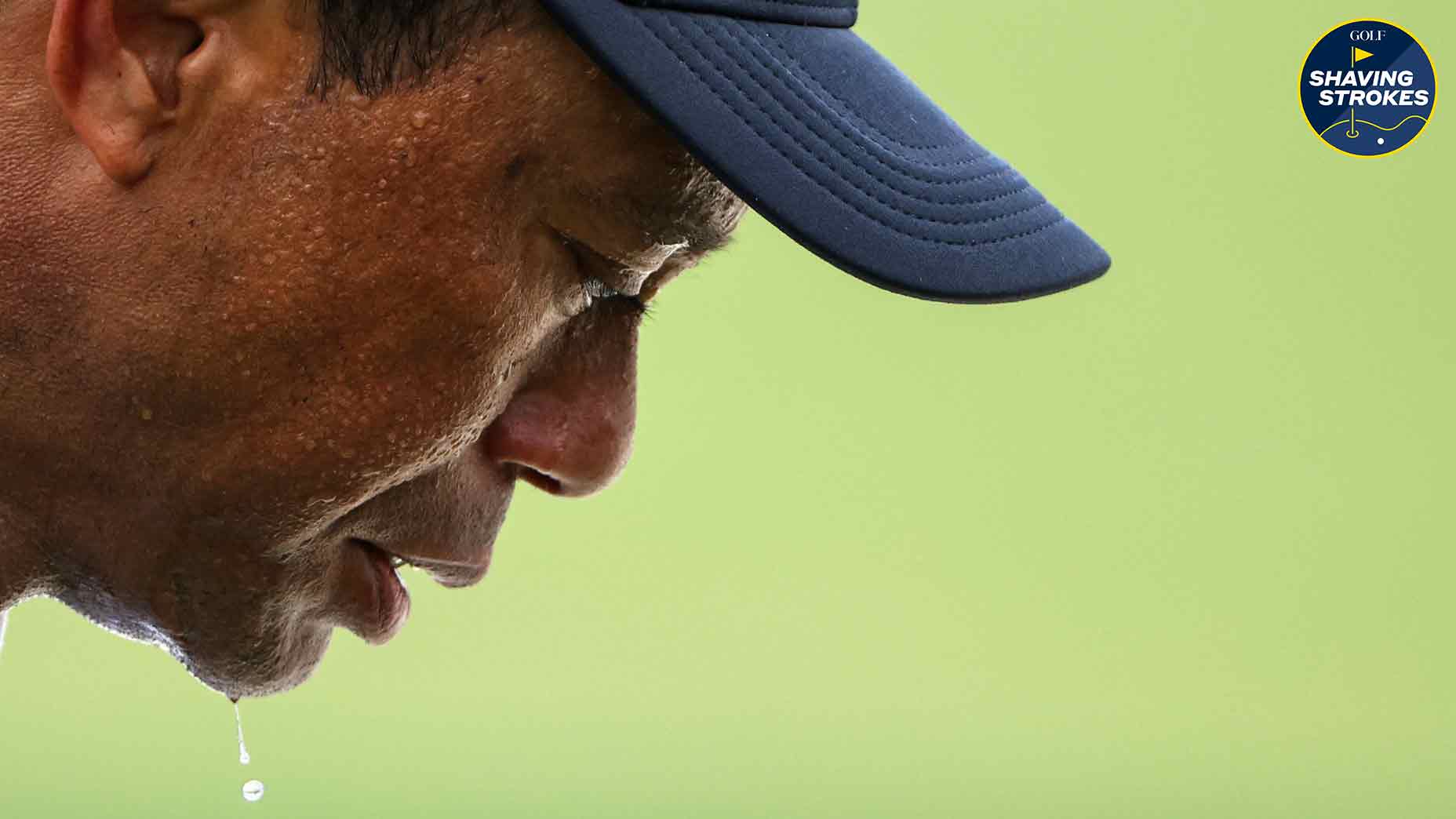Welcome to Shaving Strokes, a GOLF.com series in which we’re sharing improvements, learnings and takeaways from amateur golfers just like you — including some of the speed bumps and challenges they faced along the way.
Improving your ball-striking is no easy task, as it takes hours of practice and proper swing sequencing to perfect the art of consistent contact (just ask Phil Mickelson!).
But just because it’s difficult doesn’t mean there aren’t plenty of ball-striking drills that can help develop the necessary feels. When done correctly, you can gradually see progress and begin to gain the confidence to hit nearly every shot on the golf course.
A common issue that amateurs struggle with is transferring their weight, as many players often hang back too long, which doesn’t allow the club’s low point to make ball-first contact.
In a recent lesson with GOLF Teacher to Watch Jake Thurm, he explained three useful ball-striking drills that can alleviate this issue. So take a look at the video and see why these easy exercises can get you on the right track towards better contact.
3 ball-striking drills to find the low point
“Most golfers struggle with getting pressure into the lead side soon enough,” says Thurm. “In other words, the pressure in their feet at impact almost exactly matches what they were at address; and I’m sorry, but that’s just not enough.”
To alleviate this common issue, Thurm says he’s developed three steps that can help amateurs get into the lead side correctly — which will help find the low point of the club for better ball-striking.
1. Deprive the player of the trail side
Thurm explains how a flamingo drill can be your best friend for finding the low point and making better contact.
“This is a single-axis drill,” he says. “I want you to keep your [lead foot] still and drop your [trail] foot back and get up on the toe. Essentially, you are on your lead side because I took away your trail side.”
Thurm then tells me that I won’t be able to make a full swing, but it’ll be about three-quarters.
“Go shoulder height to shoulder height,” he instructs. “Golf’s a lead side game, and the way we teach that is by not giving anyone a trail side.”
2. The Gary Player drill
I found this ball-striking drill to be a little bit trickier to try — even if it seemed simple at first glance. That’s because I needed to reprogram my brain from what it’s accustomed to do in the golf swing to something way different.
Thurm had me take my normal stance and address, and hit the ball as I normally would; with one caveat.
“As you make contact with the ball, take your trail leg and walk towards the target,” he instructs me. “So you’re going to hit it, and then we’ll walk together into the sunset.”
I hit my ball, delayed my reaction, but, ultimately, followed through on his instructions.
“If you notice, there was a little stutter step in there,” Thurm acknowledges. “This is a great way to warm up, a great way to get pressure on the lead side, and, when you’re doing this drill, always encourage yourself to do it sooner — because elite-level players are in their lead side sooner.”
3. A dissociation drill
Before even attempting this final ball-striking drill, Thurm warns me that this one isn’t going to be easy.
“This one takes some coordination to do, but if you can do it, you will hit it farther than you do with your normal swing,” he assures me.
He starts by having me address the ball with my feet together, and the club grounded behind the ball. He then has me move the club back and then sidestep my lead foot back to where it was (my normal position).
“Once the sequencing of that becomes more familiar to you, I promise you that you’re going to pick up more speed,” Thurm says. “It creates dissociation in the body.
“Basically, where the lower body is going, the upper body is still winding back. All of these high-speed players have that in common.”
Rukket Sports Tri-Turf Mat
$49.99
View Product














